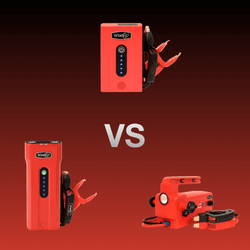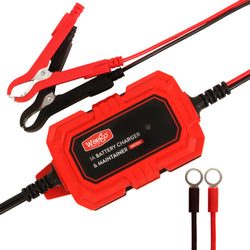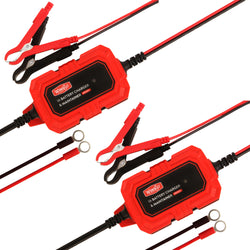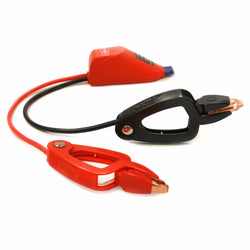The assumption of its meaning is an easy one to make: 300 horsepower means your engine has the power of 300 horses. But how did we come to compare the power of our mechanical vehicles to that of a stallion?
The term was created by an engineer named James Watt – that guy whose name appears on all your lightbulbs. Back when horses were still the dominating means of transportation, James Watt started building steam engines. When he started selling these engines to people, he had to find a relative and easy way of explaining just how powerful these engines were – so he compared them to the power of horses, something everyone at the time could understand. He told the people his steam engine would be as powerful as 10 horses pulling their cart – or 10 horsepower (get it!?).
However, James Watt made a slight miscalculation. When figuring the power of a horse, he actually based his math on ponies. They were used to haul coal through mines at the time, therefore their power was a well-known measurement – one pony could haul 220lb of coal 100 feet up a mineshaft in 1 minute (22,000 lb-ft per minute). Watts then wrongfully assumed horses were 50% more powerful than ponies, and measured 1 horsepower at 33,000 lb-ft per minute – such an obvious mistake, not really sure how he missed that.
The truth is that a real horse is only a bit more powerful than a pony, and is only equivalent to 0.7 horsepower as we know it today! Despite this error, we still named the unit for power after James Watt, which is why you see his name on all your lightbulbs and pretty much anything that consumes or generates electricity!














